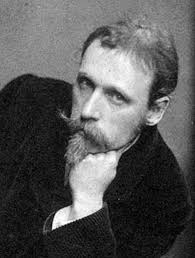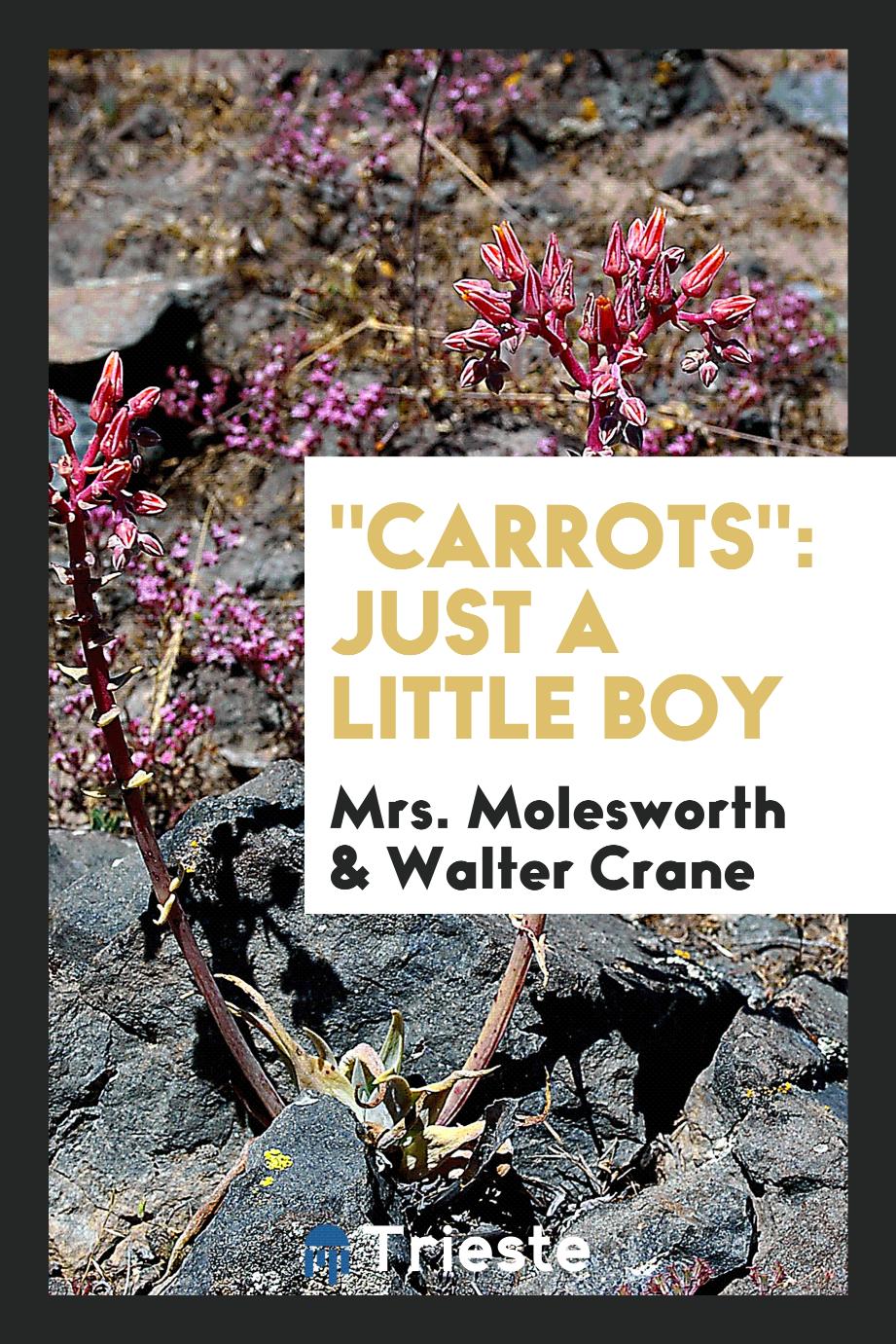
Walter Crane
Walter Crane (August 15, 1845 - March 14, 1915) was a British artist and illustrator of the book. He is considered the most influential and one of the most prolific creators of children's books of his generation and, together with Randolph Caldecott and Kate Greenway, one of the strongest participants in the children's motive, that the genre of English children's illustrated literature will be on display at the stage of its development in the late 19th century. Crane’s work showed some of the more colorful and detailed beginnings of the “child in the garden” motifs that will characterize many nursery rhymes and children's stories for decades to come. He was part of the Art and Craft movement and created many paintings, illustrations, children's books, ceramic tiles, and other decorative and applied arts. Crane is also remembered for creating a series of iconic images associated with the international socialist movement. Crane was the second son of Thomas Crane, a portrait painter and miniaturist, and Marie Crane (née Kingsley), the daughter of a successful malt producer. His older brother Thomas also took up illustration, and Lucy's sister was a famous writer. He was a free follower of new artistic movements, and he came to study and appreciate the detailed feelings of the Pre-Raphaelite Brotherhood and was also a diligent student of the famous artist and critic John Raskin. A set of color drawings of pages illustrating Tennyson's Lady Shallott was approved by the woodcutter William James Linton, whom Walter Crane taught for three years in 1859-62. As a wood engraver, he had a wide opportunity for a brief study of contemporary artists whose work passed through his hands, the pre-Raphaelites Dante Gabriel Rossetti and John Everett Millet, as well as Sir John Tenniel, illustrator of Alice in Wonderland, and Frederick Sandis. He was a student who admired the masters of the Italian Renaissance but was more influenced by Elgin's marble in the British Museum. The next and important element in the development of his talent was the study of Japanese color prints, the methods of which he imitated in a series of toy books that laid the foundation for a new fashion.




![Mother Goose's Nursery Rhymes: A Collection of Alphabets, Rhymes, Tales, and Jingles. [London-1877]](/uploads/books/471/9780649652471.png)






